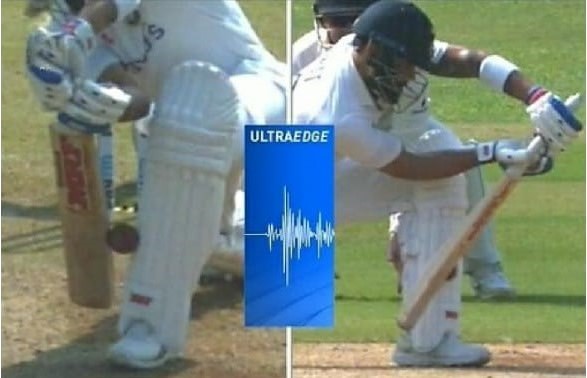After a 12-year streak of 18 consecutive home series wins, India’s dream run ended with a whimper. India was stunned by New Zealand’s remarkable 113-run victory in the second Test in Pune. Indian batsmen considered better players of spin were clueless against Santner, which raised many eyebrows. The retirement of senior players like Rohit and Kohli has been a hot topic on social media.
Former New Zealand fast bowler turned commentator, Simon Doull said, “I think it is a misconception around the world now that these modern Indian players are better playing spin than anyone else. They are not. They are the same as everyone else around the world. Gone are the days of Ganguly, Gambhir, Laxman and Dravid. Sachin was so, so good against spin, and the era before them”. Was Simon Doull, right?
As Simon Doull said, are the current Indian batsmen less skilled than the former Indian greats in tackling spin bowling? Did Kiwi batsmen devise a new technique to counter quality spinners like Ashwin and Jadeja on Indian pitches? Will this series loss end the invincibility of the Indian team in the subcontinent aided by spin-friendly pitches in test cricket? Questions are varied, and there is no definitive answer for all these questions.
Those who criticise the current Indian batsmen and compare them to the former Indian greats have missed a major silent revolution that happened in international cricket recently, the Decision Review System, or in short, DRS. Pads and foot movements were critical in tackling spinners, and a batsman trying to defend or play a shot in the front foot was rarely adjudged leg-before-wicket in pre-DRS days. With the advent of DRS, batsmen have been compelled to make changes in their techniques to avoid getting trapped leg before wicket. This changed technique involved a different style of foot movement, and the predominant use of the bat to counter spin led to batsmen getting bowled and caught by fielders close to the bat.

The DRS (Decision Review System) became a double-edged sword during the Pune test, where the ball behaved unusually. This situation highlighted some drawbacks of DRS, particularly the “Umpire’s Call” rule. Several instances in the Pune test raised questions about this rule. For example, Shubman Gill was not given out, while Virat Kohli was adjudicated out after the appeal was referred to the third umpire, even though the DRS indicated that the ball was brushing the stumps in both cases. The “Umpire’s Call” was the issue on both occasions. Was this fair? It is time for the ICC to reconsider this rule.